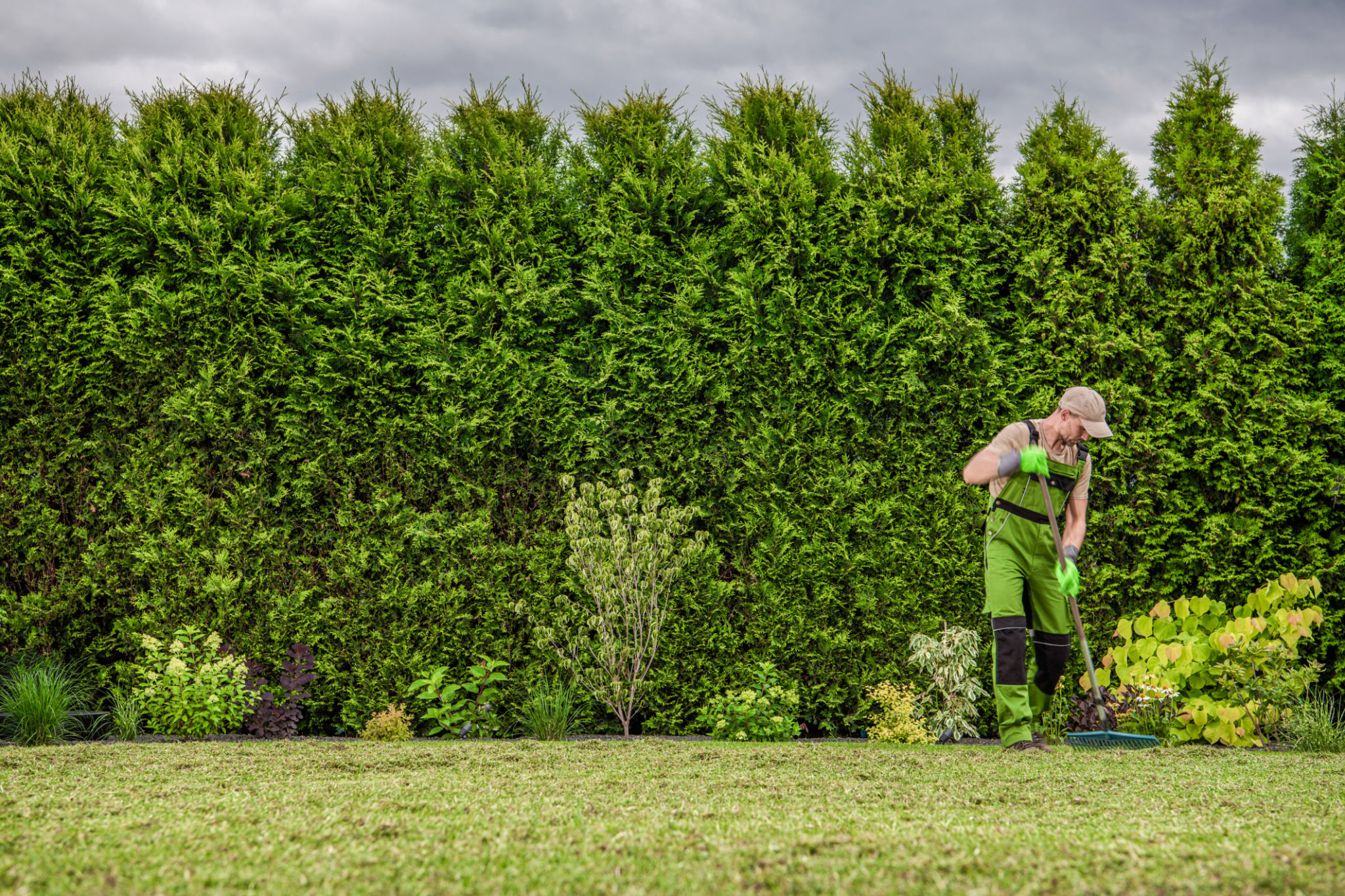Common Misconceptions About Urban Landscaping: Debunking Myths for Akron Residents
Understanding Urban Landscaping
Urban landscaping is a growing trend among Akron residents, but there are numerous misconceptions surrounding this practice. Many people assume that urban landscaping is only about aesthetics, but it encompasses much more, including ecological benefits and community well-being. It's essential to clear up these misunderstandings to encourage more residents to embrace this sustainable practice.

Myth 1: Urban Landscaping is Expensive
One common misconception is that urban landscaping is a costly endeavor. While initial setup costs can vary, there are affordable solutions for every budget. Utilizing native plants, which require less maintenance and water, can significantly reduce long-term expenses. Additionally, many organizations offer grants or subsidies to support urban greening projects.
By choosing sustainable materials and incorporating low-maintenance designs, you can keep costs manageable. It's also important to consider the long-term savings on energy bills and property value increases. Properly designed urban landscapes can provide shade, reducing cooling costs in the summer, and help insulate buildings during colder months.
Myth 2: Urban Landscaping is High-Maintenance
Another myth is that urban landscaping requires a lot of upkeep. In reality, a well-planned landscape can be relatively low-maintenance. Selecting drought-tolerant plants and employing efficient irrigation systems can minimize the need for frequent watering. Automated systems and timers can further reduce maintenance efforts, allowing landscapes to thrive with minimal human intervention.

Moreover, incorporating perennials instead of annuals reduces the need for yearly replanting, saving both time and resources. Mulching is another effective technique to suppress weeds and retain soil moisture, further cutting down on maintenance tasks.
Myth 3: Urban Landscaping is Only for Large Spaces
Many Akron residents believe that urban landscaping is only feasible for those with large yards or spaces. However, urban landscaping can be adapted to suit any area, regardless of size. Vertical gardens, container gardening, and rooftop gardens are excellent options for space-constrained areas. These innovative solutions allow residents to enjoy the benefits of greenery without needing extensive land.
Additionally, small urban parks and community gardens can transform unused spaces into vibrant green areas that benefit everyone in the neighborhood. These initiatives not only enhance the aesthetic value but also improve the air quality and provide recreational spaces for residents.

Myth 4: Urban Landscaping Has No Environmental Impact
Some people mistakenly think urban landscaping has little effect on the environment. In reality, it provides substantial ecological benefits. Urban landscapes contribute to reducing urban heat islands by cooling the surrounding areas and improving air quality. They also assist in managing stormwater runoff, decreasing the risk of flooding.
Furthermore, urban landscaping supports biodiversity by providing habitats for local wildlife and pollinators. This contributes to healthier ecosystems and promotes a balanced environment within city limits. By embracing urban landscaping, Akron residents can play a critical role in fostering sustainability and resilience in their community.
The Path Forward for Akron Residents
By understanding and debunking these common misconceptions about urban landscaping, Akron residents can make informed decisions about their outdoor spaces. Urban landscaping not only enhances the beauty of the city but also contributes to environmental sustainability and community well-being.
Whether you're considering a small garden or a larger green project, remember that there are countless resources and strategies available to help you achieve your urban landscaping goals. Embrace this opportunity to transform your surroundings into a greener, healthier place for everyone.